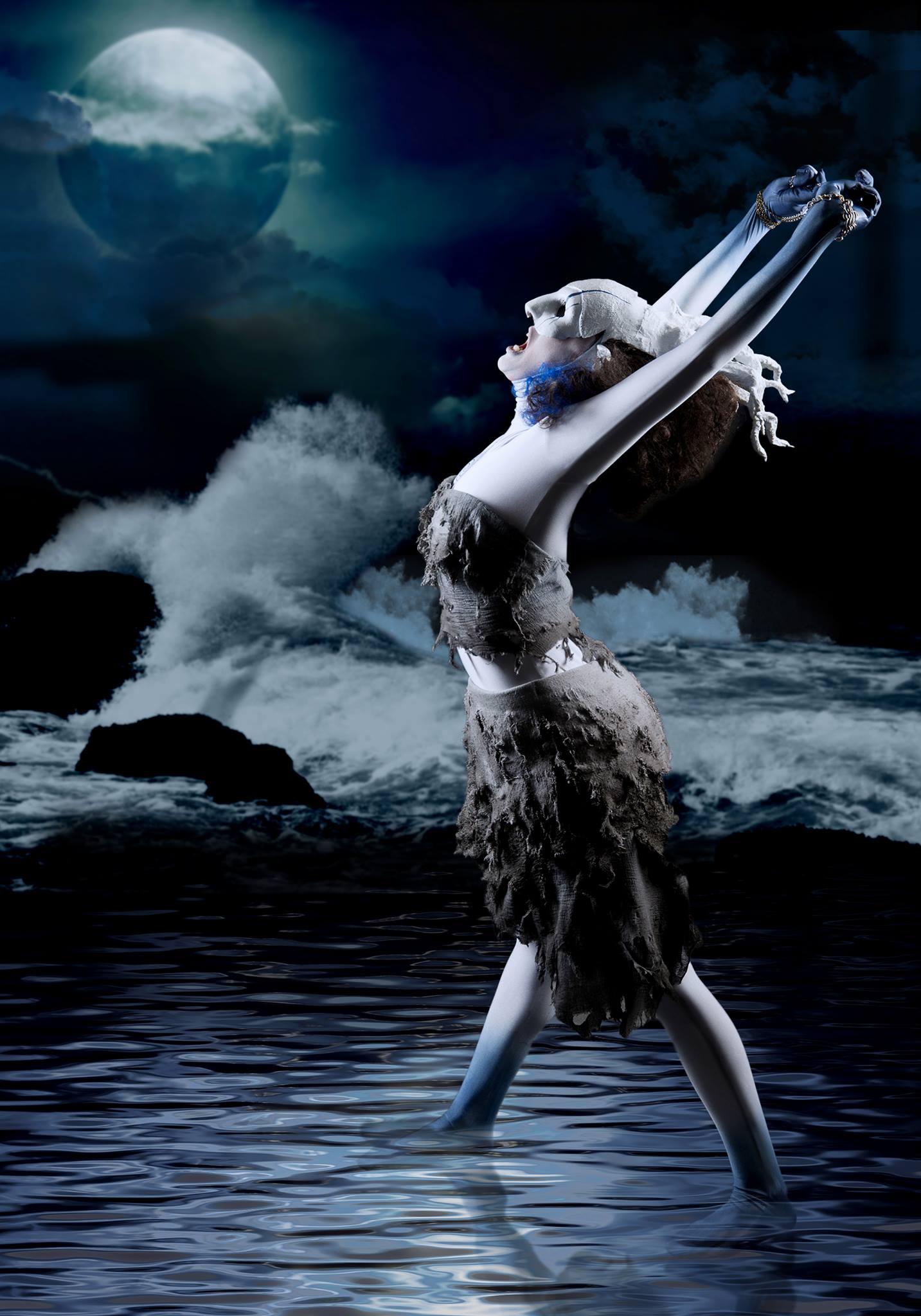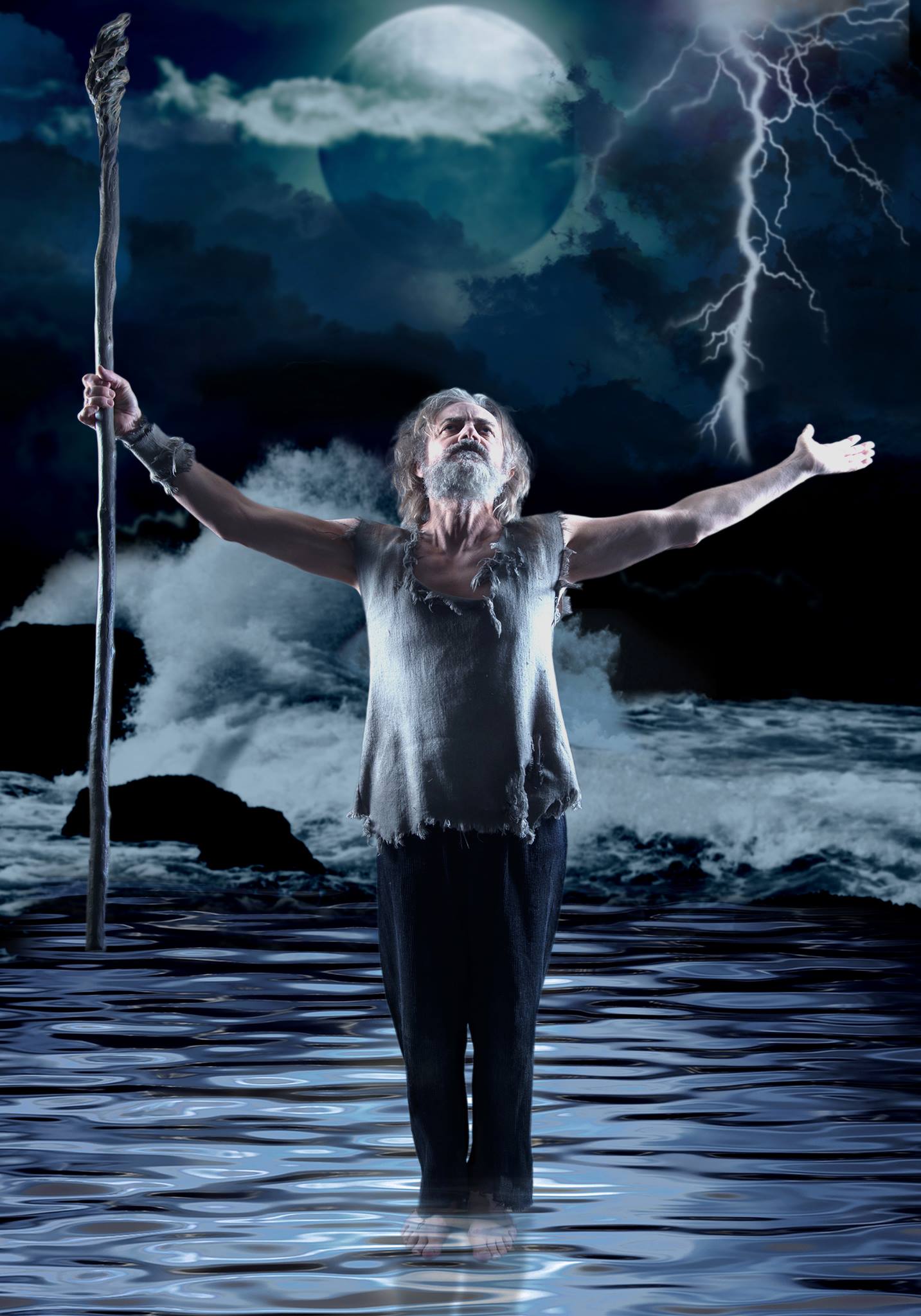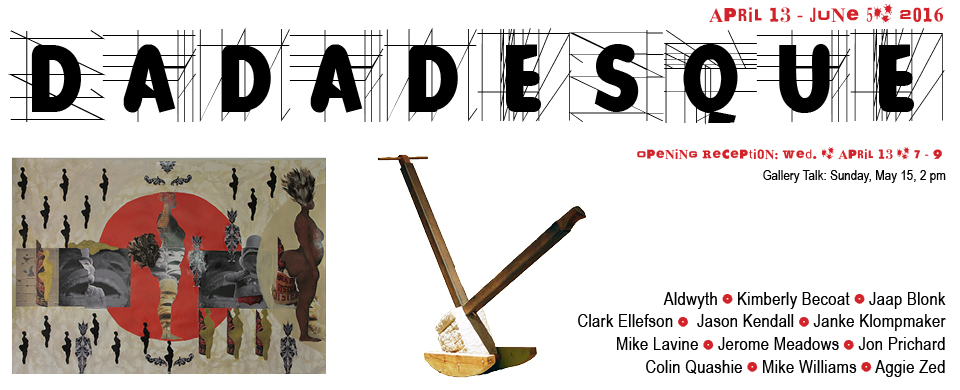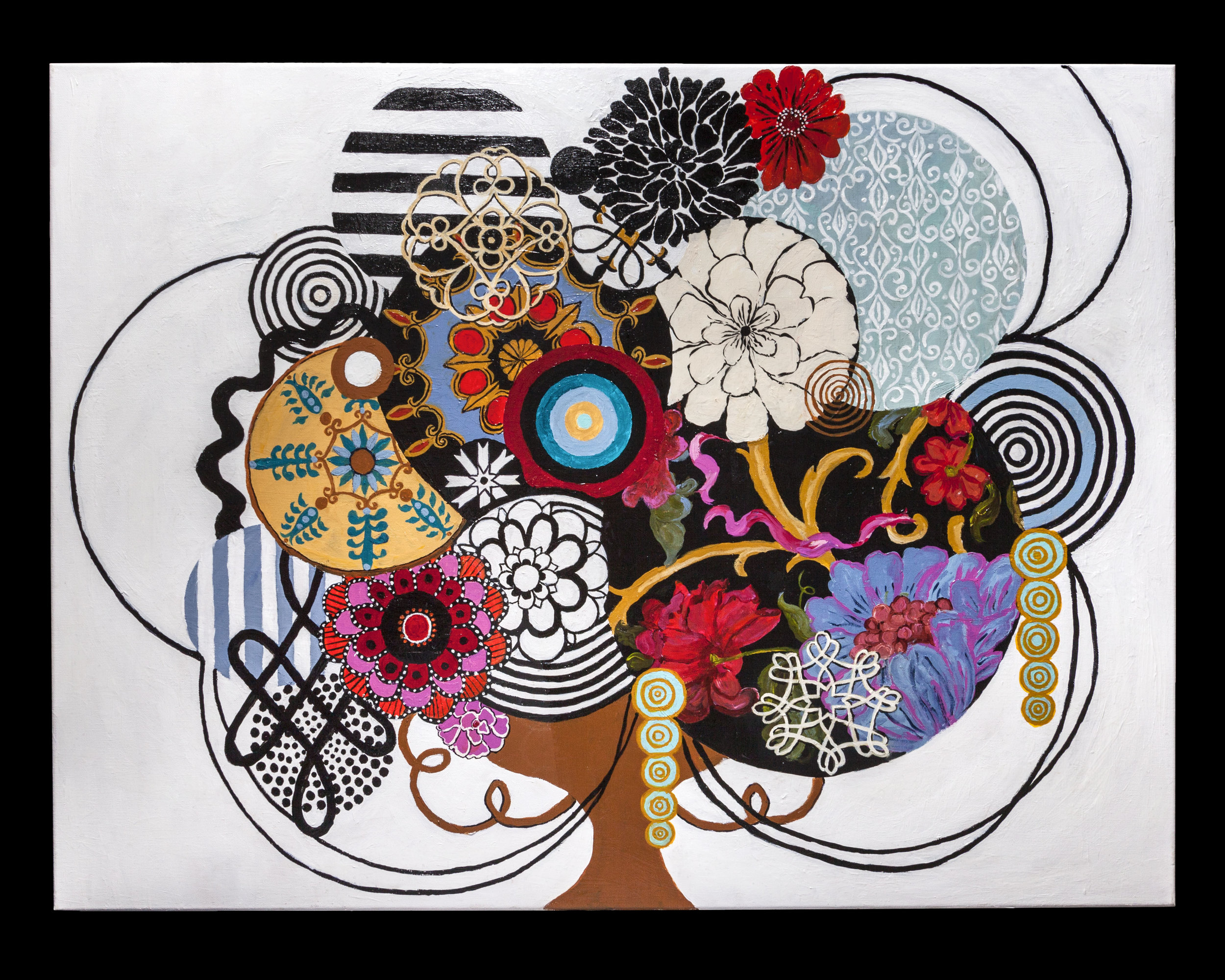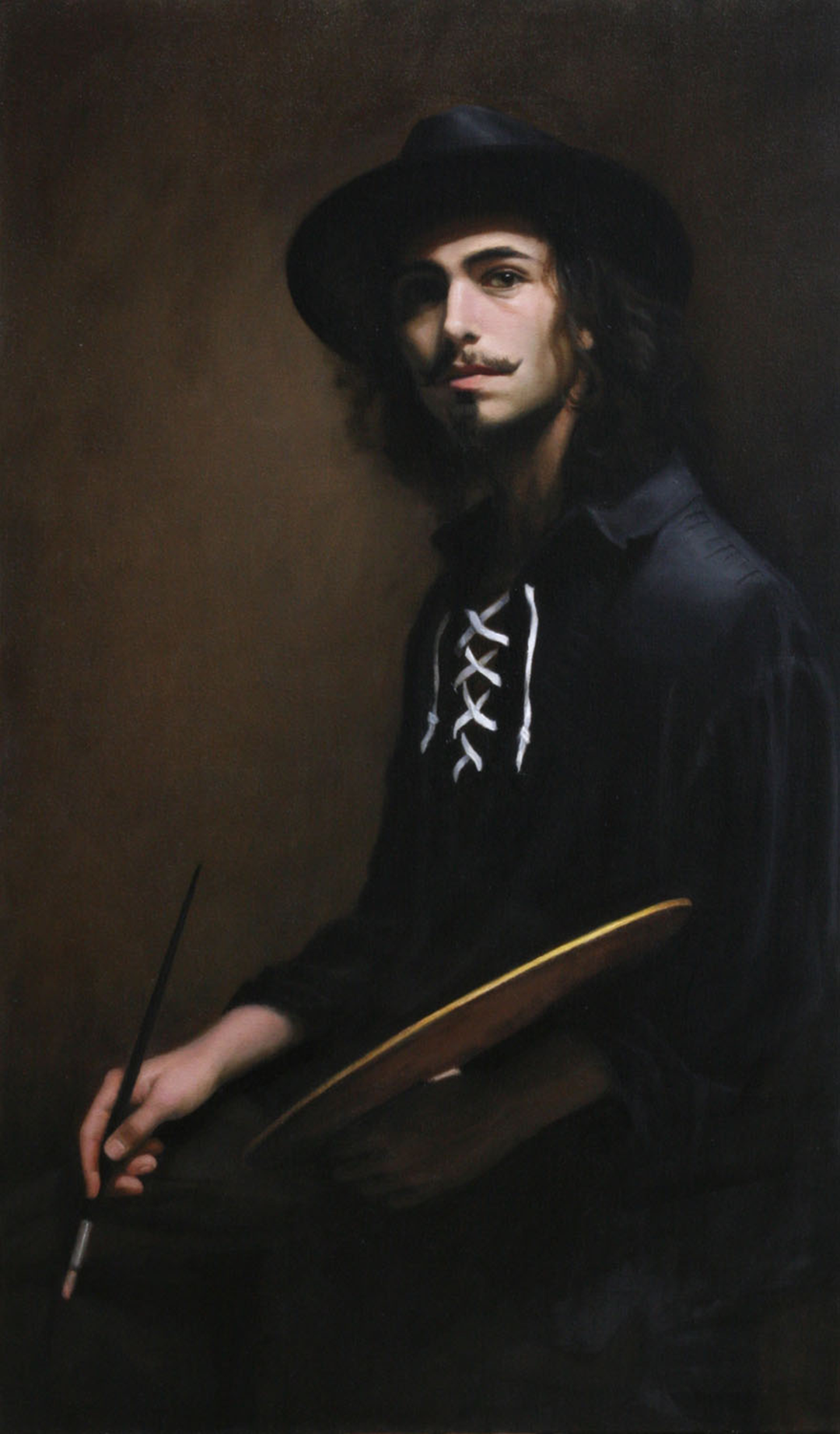(For letter-writing talking points, please skip to the bottom of the page.)

“A place without a distinctive cultural aura is much less apt to land on visitors’ itineraries than those with such amenities. There is no easy way of accounting for this economic impact, beyond affirming that tourism, a form of direct participatory experience, is one of the world’s largest industries and is closely tied to creative destinations.”
--From “Creative Placemaking”
The Mayors’ Institute on City Design, a leadership initiative of the National Endowment for the Arts in partnership with the United States Conference of Mayors and American Architectural Foundation.
One Columbia's Mission: to advise, amplify and advocate for strengthening and unifying the arts and history community by supporting arts and historic preservation tourism, promoting collaboration, coordinating advertisements, and celebrating the role of arts and history in this community
AMPLIFY
One Columbia creates a Comprehensive Calendar of Arts and History Events that shares information on typically about 150 active events at any given time and over 330 registered organizations that submit events and a weekly email of weekend activities that reaches over 9,000 people both in the Columbia market and beyond and includes social media promotion throughout the week
One Month was a Citywide, month-long celebration of the arts as a whole featuring special events and connections between established events during the month of April. This project was converted to the Cultural Passport program in Fall 2013 which was designed to provide more opportunities for engagement between the over 75 participating arts organizations and their audiences. Over 5000 were distributed in addition to the creation of an application for iPhone
Film Columbia/Capture One Columbia is an initiative to collect video footage of events throughout the city of all different types for marketing and promotional purposes, resulting in 21 finished videos and over 700 Gb of raw video footage that is available to all arts organizations, media, organizations that promote the city
Public Art is another way One Columbia is creating unique spaces around the city that demonstrate creative talent and establish more vibrant places to live, work and visit. One Columbia formalized a program with the City of Columbia in 2014 that has led to three significant sculptures (two on Main Street, one in the Vista) adding over $55,000 in value to the City’s art collection. The formal program has inspired collaborative efforts with Richland Library (resulting in over $375,000 in value), Kroger Supermarkets (approximately $12,000), Edens (approximately $10,000) and the Columbia Metropolitan Airport (approximately $250,000 over the next 10 years). One Columbia has also developed a community of buskers and street performers to enhance the visitor experience and demonstrate artistic talent. It has also enrolled Columbia to participate in national arts celebrations such as International Make Music Day (June 21) and National Poetry Month (April).
One Columbia is hosting an Art-o-mat, a former cigarette machine that has been converted to dispense $5 pieces of handmade art, which will help engage the public in art by making it accessible, but also encouraging Columbia’s artists to participate and get their name in one of the over 100 active machines throughout the country.
Established the position of Poet Laureate for an individual to bring awareness of the city as an arts hub outside the city and create projects that enhance Columbian’s daily lives through the arts. Ed Madden, the inaugural poet laureate, has created a project to display poetry on the bus system and to celebrate National Poetry Month by putting poetry on coffee sleeves
ADVISE
One Columbia provides basic resources for arts organizations and artists, including office/meeting space, permanent mailing address, video and still cameras, easels, copies and prints and Notary Public services.
It brings together organizations to increase the size, scope and level of awareness of events including the 150th Anniversary of the Burning of Columbia (nearly 30 participating organizations) and the creation of the city’s first cultural district in the Congaree Vista as part of a program offered by the South Carolina Arts Commission
It facilitates leadership transitions for events such as First Thursday on Main, Deckle Edge Literary Festival to replace the SCBF, and adding artistic elements to Artista Vista, Indie Grits, Hip Hop Family Day and others.
ADVOCATE
Identifies strategic needs of the arts community through meetings with arts leaders.
Utilizes opportunities to determine and share key data points that benefit arts organizations and make them more competitive for support from regional and national sources of support including a Creative Industry Report completed by WESTAF and the upcoming follow-up to the Arts and Economic Prosperity study with the Americans for the Arts - Where are we going from here?
One Columbia will continue to work toward a more unified arts community and will assist in connecting the city’s arts and historic preservation communities to regional and national resources.
More emphasis will be placed on developing a long-term vision for the arts in the city.
Public art projects will expand through work with private partners and more emphasis will be placed on the improvement of public and quasi-public spaces under the principles of creative placemaking.
More collaborative activities under unified themes will be developed that bring together all art forms and create greater recognition of the city throughout the region, nation and globe
What You Should Know
In a memorandum from City Manager Ms. Teresa Wilson dated September 3, 2013, the City determined “that One Columbia’s proposed mission and budget are activities that constitute advertisement and promotions related to tourism development under the Hospitality Act and as such, operating activities of One Columbia are eligible expenses to receive funds under the Act.”
One Columbia for Arts & History was supported with 2015-2016 Hospitality Tax funding at the level of $167,600. The organization has utilized these funds to continue work toward the mission of the organization to advise, amplify and advocate for strengthening and unifying the arts and history community by supporting arts and historic preservation tourism, promoting collaboration, coordinating advertisements, and celebrating the role of arts and history in this community.
In the past year, the organization has taken great steps in accomplishing this mission. To better amplify the arts community’s work and based on the principle that passports provide access to new experiences, One Columbia has continued it’s cultural passport program for Columbians to utilize when attending events and venues in our city. With over 100 organizations and venues participating, passport holders collect unique stamps across various genres of art and history. As they collect stamps, they become eligible for perks including gift cards, art supplies, t-shirts, and event tickets. Passports come in the form of printed booklets or a free iPhone application to make the program as accessible as possible. This program amplifies awareness about the extent of the arts community and allows arts organizations to connect with their growing audiences. Thus far, over 5,000 passports have been distributed at a full range of cultural events.
The organization has made significant progress in establishing its process for public art and has installed the first works created as a result of the process. Pieces created as part of this formal process are privately funded and publicly owned and maintained. One Columbia installed two new pieces of public art on Columbia’s Main Street in 2014 and one new piece on Lincoln Street in the Congaree Vista in 2015, equivalent to approximately $55,000 new public art investment in the City. One Columbia has adapted the program to assist in projects that are sponsored by private property owners or developers and has initiated projects with the Richland Library, Kroger Supermarkets, and the Columbia Metropolitan Airport. By working with the Richland Library, One Columbia will have coordinated artist identification and project selection of pieces of art for nine renovated locations of the library representing over $375,000 of public art investment in the Midlands in the next year.
In June 2015, in collaboration with Rice Music House and WXRY FM, the city of Columbia participated in international Make Music Day. The day featured free, live, outdoor concerts in various districts of the city, as well as a central event where 100 free harmonicas were distributed to participants.
One Columbia has also worked with Indie Grits in expanding its arts component, including the coordination of a mural space on the corner of Main and Taylor streets that changes annually. For the 2015 Indie Grits, One Columbia coordinated two major outdoor art installations and hosted an artist-in-residence that focused on the City’s history and monuments.
One Columbia has also started the development of a true community of buskers to bring the arts out onto the streets an into the daily lives of the city’s citizens.
To get more art in the hands of more people and inspire citizens to start art collections in an affordable and fun way, One Columbia has become a host of an official Art-o-mat. The converted cigarette machine vends small pieces of unique art. The machine will be placed at various venues throughout the city. One Columbia partnered with Izms of Art to create Art Linc, a celebration of chalk art in the Lincoln Street Tunnel that was held on November 7.
To further celebrate the artistic identity of the Congaree Vista, One Columbia worked with the Vista Guild to bring together a plethora of stakeholders in order to develop a strategic plan and application for the creation of a formal cultural district as recognized by the South Carolina Arts Commission.
In conjunction with the goals of offering Columbia’s citizens ample opportunities to engage with art, the organization has worked with the City of Columbia to establish the Gallery at City Hall.
One Columbia for Arts & History again served as a major partner in carrying out the One Book, One Community program. One Book, One Community seeks to engage the community in a reading project by selecting one book to read together during the month of February. This year’s selection was The Stone Necklace by Carla Damron, and programming was strongly connected with the activities of the Deckle Edge Literary Festival.
New partnerships were forged including one with The State Newspaper, which serialized the chapters One Columbia has also partnered with Jasper Magazine, the Richland Library and the USC Press to distribute Fall Lines, a free literary journal featuring the writing of Columbians and South Carolinians.
In an effort to increase Columbia’s profile as an artistic city, One Columbia worked with the Mayor and City Council to establish the office of poet laureate for the city. In Resolution R-2014- 081, City Council permitted One Columbia to carry out a process for identification and selection of a poet laureate to serve a four-year term in order to represent the city’s rich literary tradition and to carry out activities that engage citizens with poetry and language. Ed Madden began his term as the City’s inaugural poet laureate in January 2015 and since then, One Columbia and Dr. Madden have worked together to create a project with The COMET bus system to feature poetry themed around life in a city on each of the buses in the system. They also created a chapbook of the collected poems and the poems about transportation are featured on the printed bus schedules. This project will continue in 2016 with the theme focused on rivers.
One Columbia has put great effort into commissioning and collecting video footage of various arts and cultural events throughout the City. The collected footage is freely available to arts organizations, tourist organizations, promotional groups, and media organizations to feature the vibrancy and diversity of Columbia’s cultural life and can be viewed as part of our Film Columbia initiative at https://vimeo.com/onecolumbia.
In association with the Americans for the Arts, One Columbia will be collecting over 800 surveys regarding the spending of attendees at the diverse arts events throughout 2016. This data will result in an economic impact study of the arts of the greater Columbia area including Richland and Lexington counties and builds on a similar study that was done in partnership with the Cultural Council of Richland and Lexington Counties in 2010. This data will be important in giving arts organizations necessary context for their impact and help them when applying for grants and donations for future programming.
In 2013, the City of Columbia lost a highly respected and valued citizen upon the passing of Mr. Steve Morrison. Mr. Morrison had been a visionary of the arts community and the chair of the One Columbia board of directors. To honor him, One Columbia established the Steve Morrison Visionary Award to recognize an individual in our community that has brought foresight and ambition to the development of Columbia’s cultural life. This past year, the organization selected the recipient to be Mr. William Starrett, the executive director and artistic director of the Columbia City Ballet. The presentation took place in front of a full house at the fall concert of the SC Philharmonic.
One Columbia has led the way to transition First Thursdays on Main to new leadership made of Main Street’s important stakeholders ensuring the continuity of a vital activity that brings a significant amount of visitors out to the City’s main thoroughfare 12 evenings a year. One Columbia assists with planning and connecting organizations and artists that can create unique and interesting content to each month’s activities.
And, at the announcement of the cancellation of the South Carolina Book Festival by the Humanities Council SC, One Columbia has worked with partners to develop a new replacement literary festival to fill the void. This event saw a successful inaugural year featuring over 70 authors bringing nearly 1000 participants to Columbia’s Main Street.
One Columbia for Arts & History is very grateful for your recognition of the enduring value of the arts and historic preservation in advancing Columbia’s standing as a vibrant community where creativity and preservation can be fostered to the benefit of residents and visitors alike.
_____
If you would like to express your appreciation of One Columbia and your desire that the organization continue to be fully funded by the City of Columbia please write to the following individuals:
skbenjamin@columbiasc.net
mobaddourah@columbiasc.net
heduvall@columbiasc.net
ehmcdowell@columbiasc.net
Talking Points:
- One Columbia’s structure and line item, H tax-funded budget were designed, voted upon, and approved by City Council in 2012.
- It should not be incumbent upon the employees of a city office to create the funding for their own salary and operating expenses.
- One Columbia cannot carry out their mission if they also have to compete for funding with the arts organizations and individual artists they serve.
- One Columbia has become an integral and indispensable part of the Columbia arts community. (Please consider using examples of ways you have been impacted by the work of One Columbia from the comprehensive text above.)
- The issue boils down to whether Council understands that the city needs an organization to work as an objective office of cultural affairs charged with helping the entire arts community and that it can be funded in a variety of ways.
- Members of City Council should not use the arts and One Columbia as weapons in a power play against the mayor.

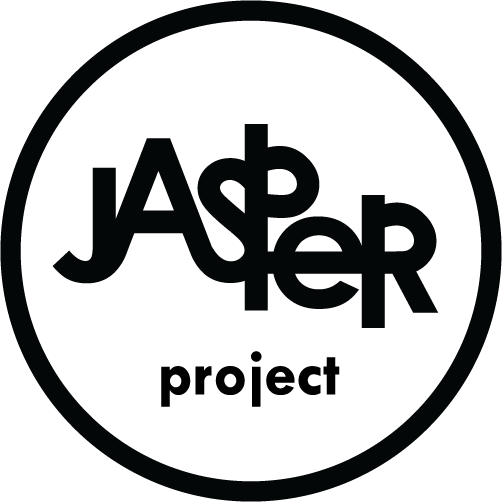









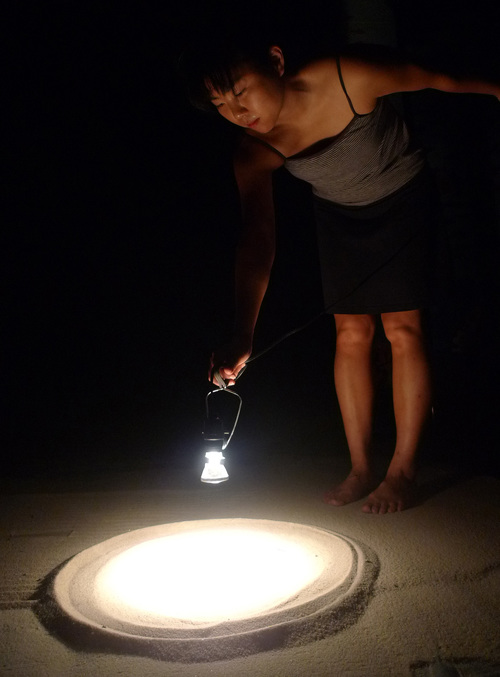
 April 15, 9:16 PM EST Like Metallica, Rancid, the Dixie Chicks, and Blues Traveler, the Gardener and the Willow is one of those band names that lets listeners know in advance what they’re signing up for. Never mind that the Gardener and the Willow isn’t a ‘band’ in the traditional sense; the name can’t help but conjure images of pastoral gentility. Indeed, the music of sole member Austin Lee, presumably pulling double duty as both gardener and willow, is gentle—even elegant—in spirit. In execution, it’s gentle in the way that someone calmly categorizing all the ways you’ve ruined their life is gentle.
April 15, 9:16 PM EST Like Metallica, Rancid, the Dixie Chicks, and Blues Traveler, the Gardener and the Willow is one of those band names that lets listeners know in advance what they’re signing up for. Never mind that the Gardener and the Willow isn’t a ‘band’ in the traditional sense; the name can’t help but conjure images of pastoral gentility. Indeed, the music of sole member Austin Lee, presumably pulling double duty as both gardener and willow, is gentle—even elegant—in spirit. In execution, it’s gentle in the way that someone calmly categorizing all the ways you’ve ruined their life is gentle.



